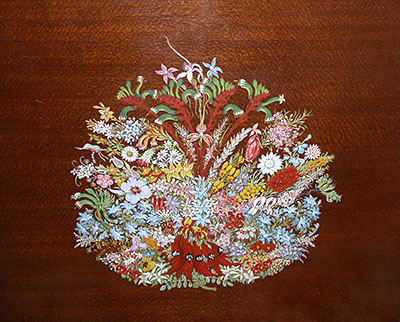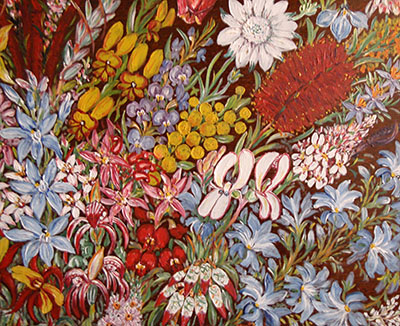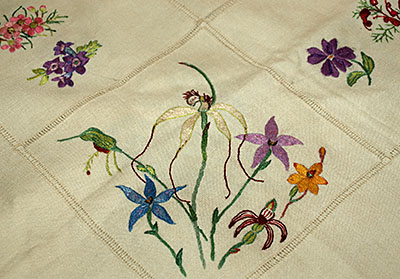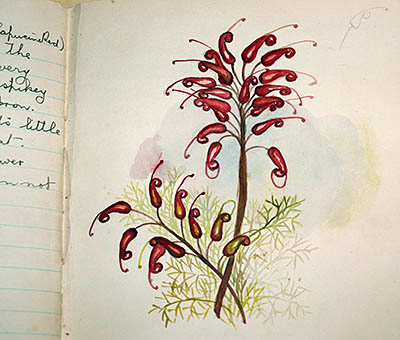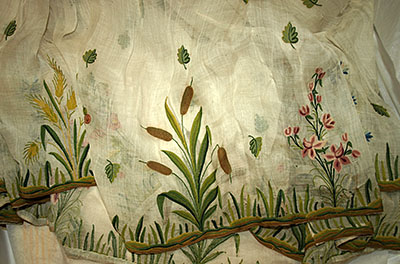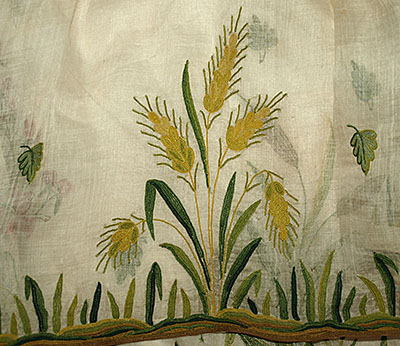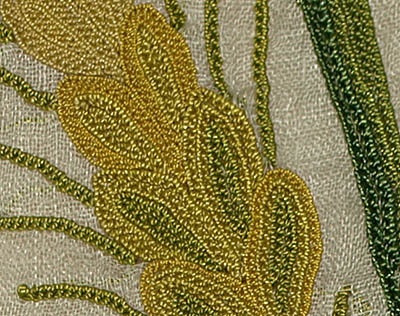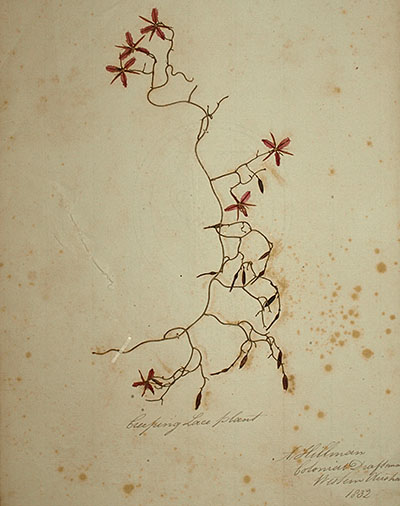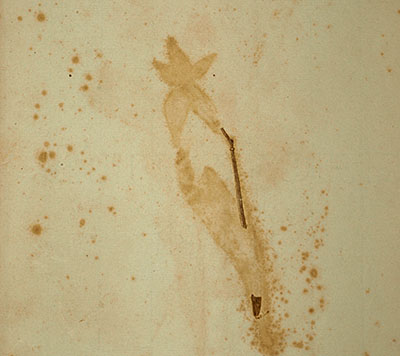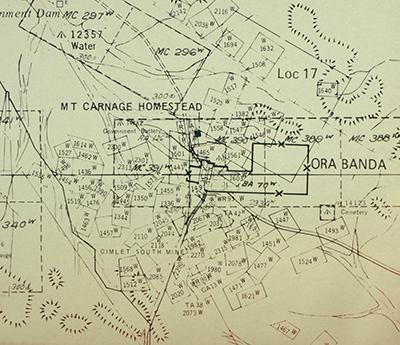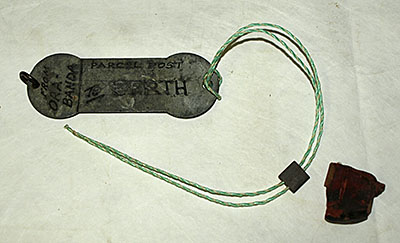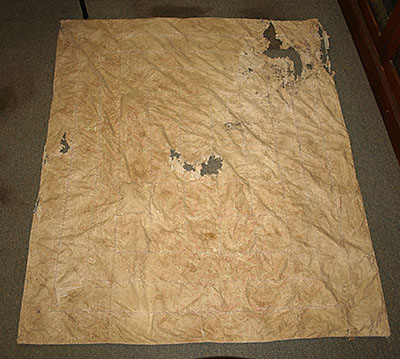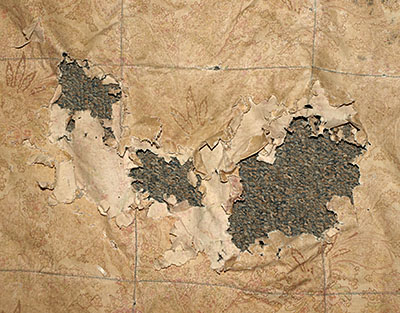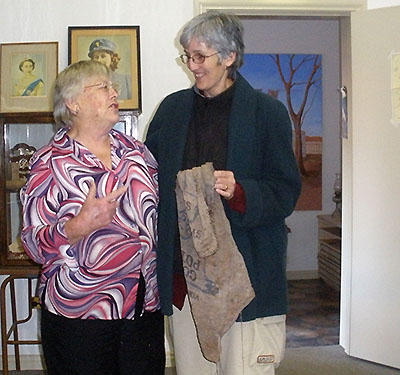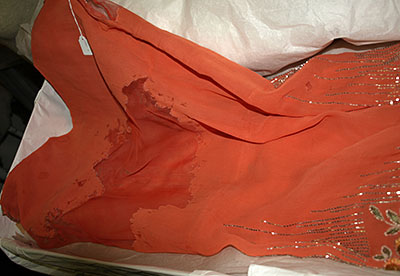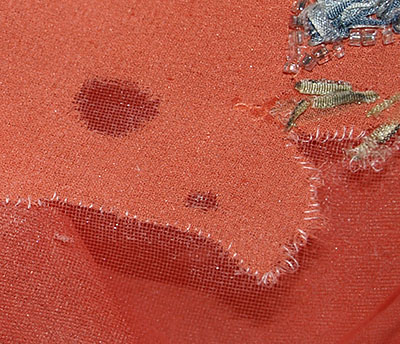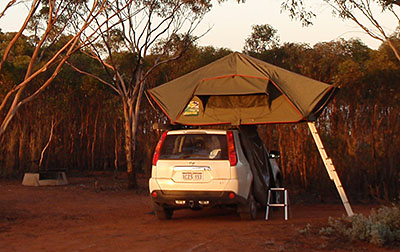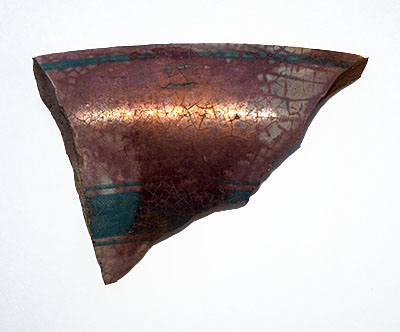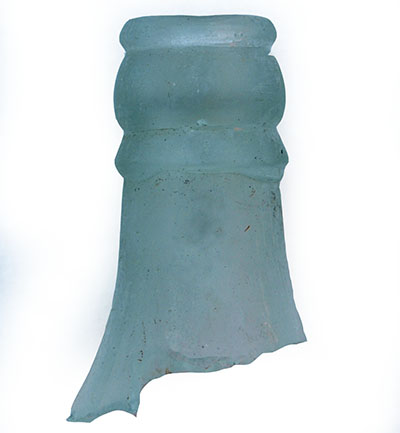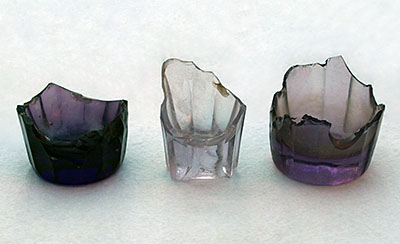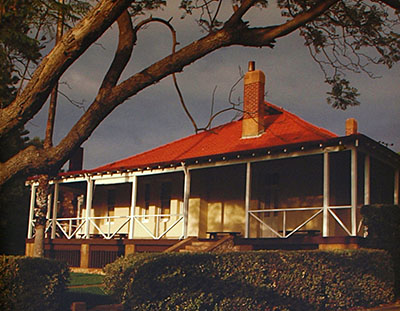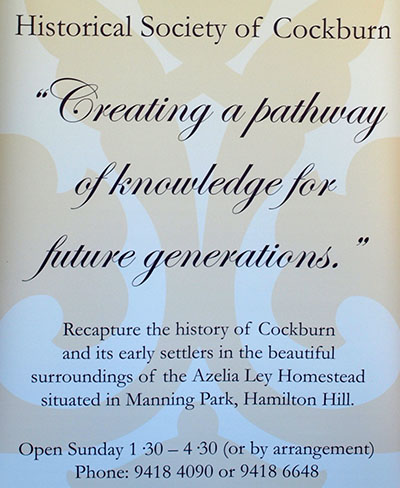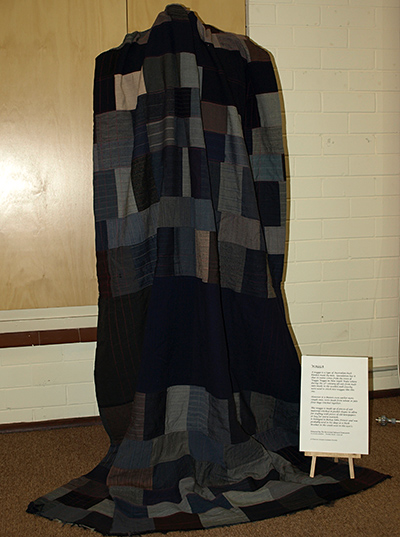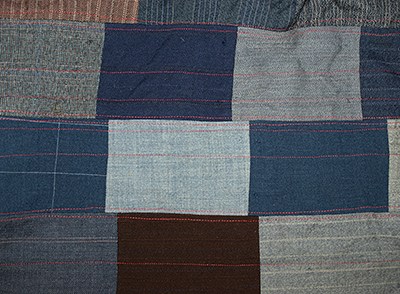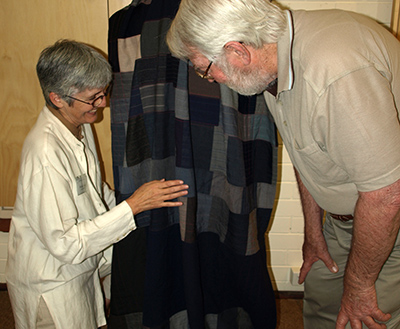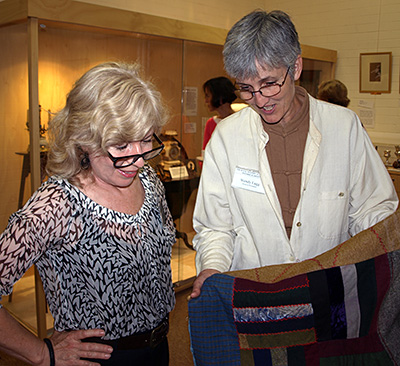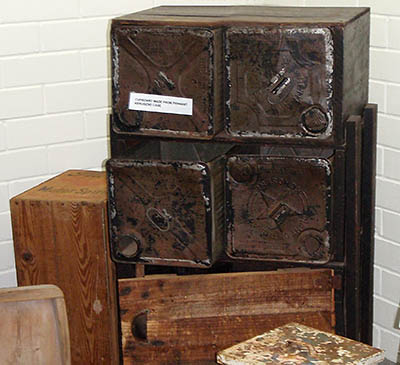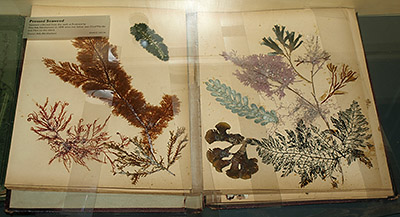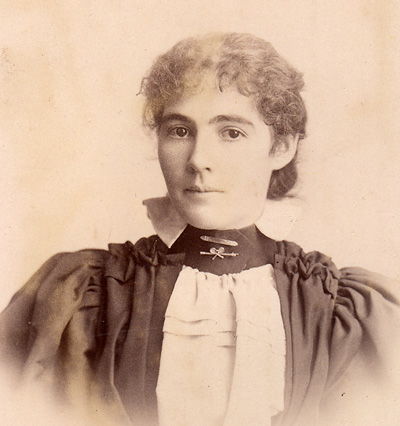I start this post with a mystery object, a detail of a 'gift' to my grandfather, Harry Sinclair, whose
embroideries I've written about previously. The object's identity will become clear as you read.

Today is ANZAC Day. For those of you who live overseas, I should explain that this is a day great historical significance in Australia. April 25th each year is a hallowed day of remembrance, the anniversay of the day in 1915 when many people believe Australia came of age.
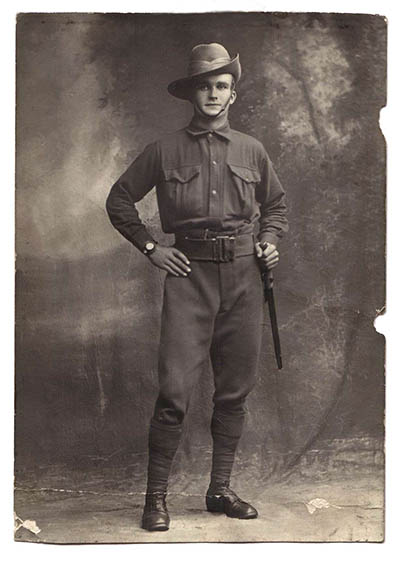
At dawn on that day Australian troops of the Australian and New Zealand Army Corps, my grandfather Harry among them, landed on the hostile shores of the Gallipoli Peninsular in Turkey. By the end of that day 2,000 'ANZACS' lay dead. After eight months of bitter fighting and many more deaths the campaign was lost, but the ANZACS had forged a name for themselves, built on courage, resiliance, mateship, a healthy disrespect for undue authority and a sardonic sense of humour.
This seems an appropriate day to share some more of my grandfather's story. When Britain declared itself at war, he lied about his age in order to enlist in the Australian Imperial Force. By late 1914 he was stationed in Egypt, where his Christmas was brightened by a gift, given to each soldier, from Princess Mary of the royal family.
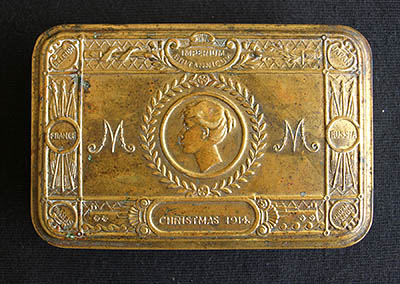
I don't know what the tin originally contained, but it was accompanied by this card.
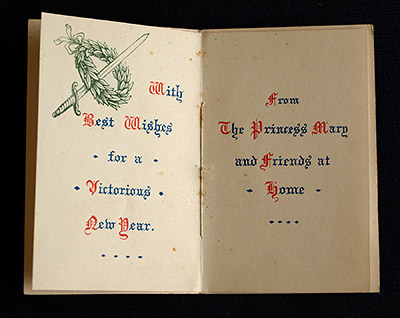
Harry survived the inital landing at Gallipoli, but was wounded six weeks later and shipped to England where he eventually recuperated sufficiently to return to Australia, along with his royal Christmas memento. He was followed some months later by the English sweetheart he had met whilst in hospital and persuaded to become his bride. Sadly, he never fully recovered from his wounds or the tuberculosus he had caught in the trenches. He died a young man when his daughter, my mother, was only six.
Princess Mary's tin now belongs to my mother, and today we looked once more at the memorabilia stored inside it; a small patriotic doll which was most likely part of the gift, and a cardboard jewellery box containing a cigarette paper protecting the colour patch off his uniform.

The colour patch in turn protected the final layer of objects.
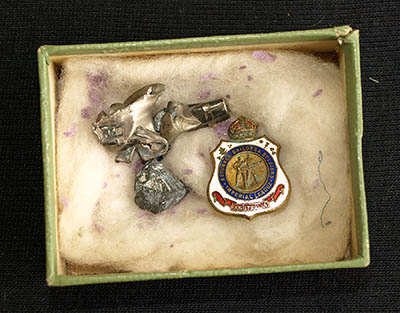
Alongside the uniform badge were placed these three war souvenirs, gifts from the Turkish army.....
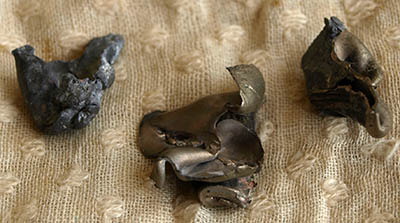
These pieces of shrapnel were among those removed from my grandfather's head wounds. The many they were unable to remove were eventually buried with him.
